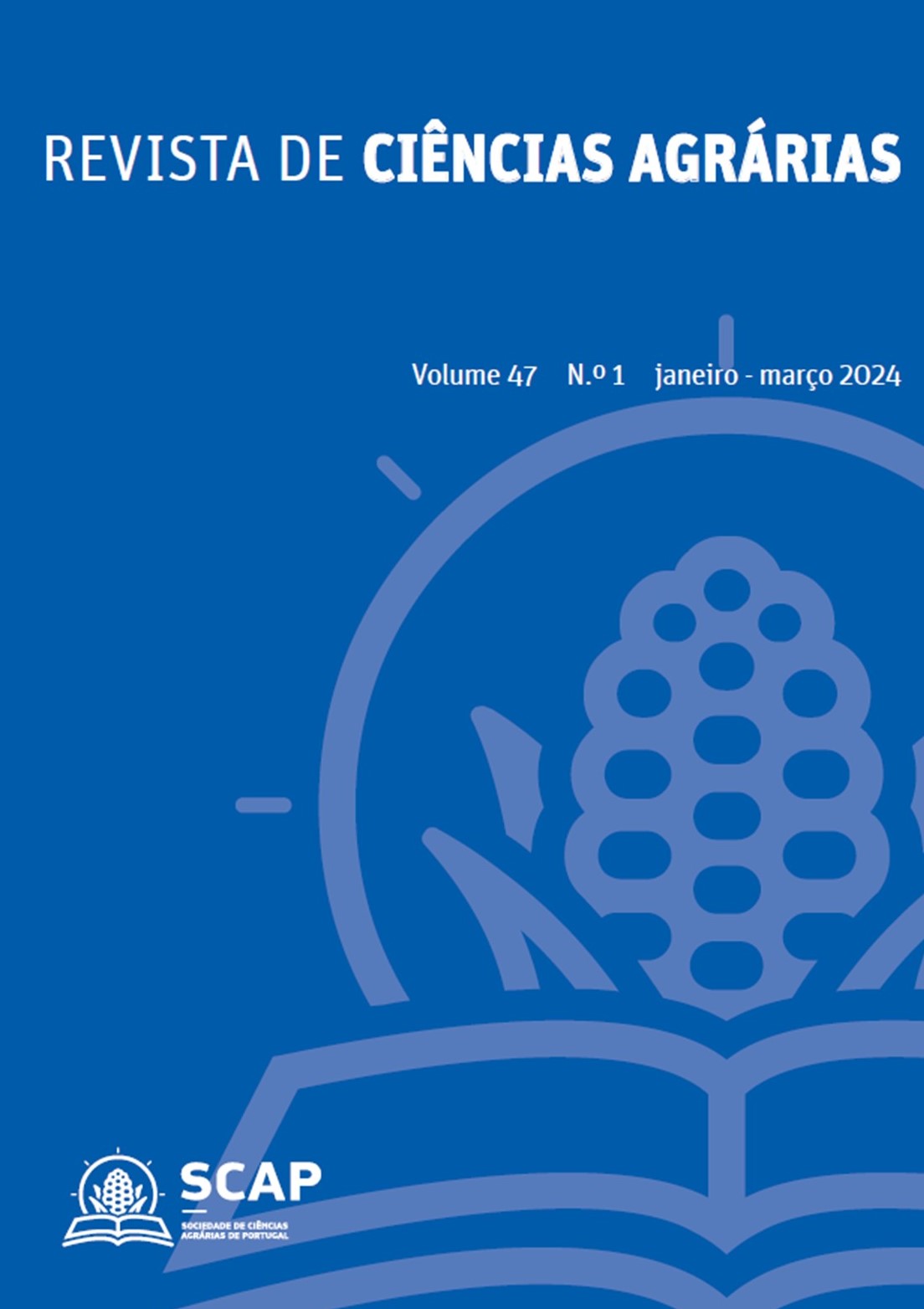Alternatives to herbicides for weed management of a pear orchard
DOI:
https://doi.org/10.19084/rca.34860Resumen
Nowadays, there is growing pressure from society, governmental organisations and farmers to find sustainable weed management solutions that reduce or even eliminate the use of herbicides. We evaluated the efficacy and viability of alternative methods for weed management in a pear orchard (Pyrus communis). We compared the use of light-reflecting and non-reflecting tarps, thermal weeding using steam with and without prior weed mowing to the chemical control with flazasulfuron and a mixture of glyphosate + diflufenican + MCPA in autumn followed by glyphosate in the end of spring, and control (untreated). The assay was setup in the end of November 2019. An analysis of the economic viability of the treatments on the quantity and quality of the fruit was made. The tarps had an average efficacy of over 90 %, but they entail a high initial investment. The highest yields were obtained with tarps, followed by flazasulfuron and the thermal method with mowing. Flazasulfuron had an average efficiency of 75%, and 100% for the weedy species of the genus Equisetum. The costs of this method were quite high compared to the mixture of other herbicides, which had an average efficacy of only 56%. The efficacy of thermal weeding with and without prior mowing was 45% and 57% respectively. At the time of the trial, the high water consumption and low working speed were the negative aspects of this method.The integration of thermal weeding with other control methods should be the object of future research.


